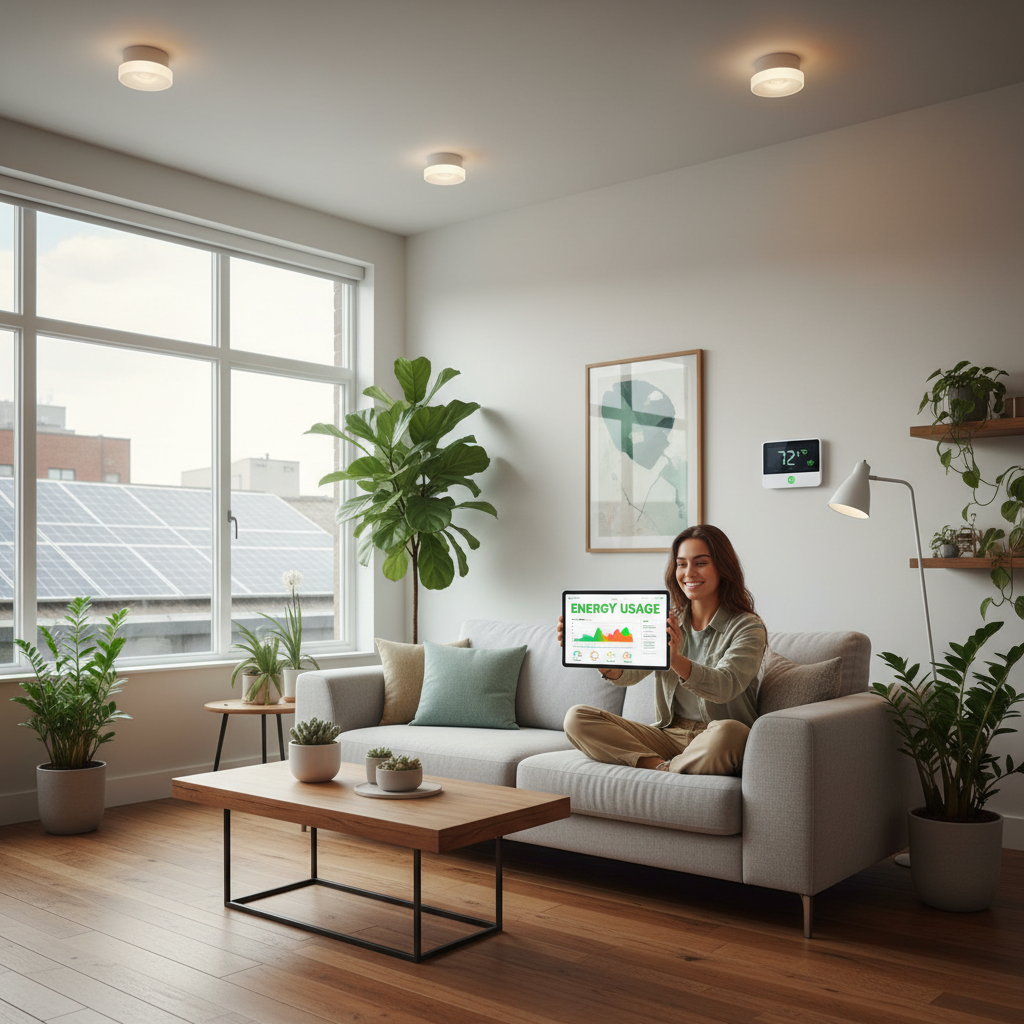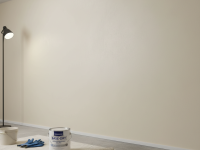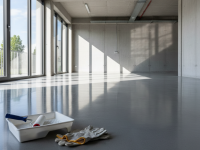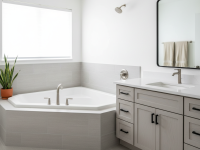Hello, Fellow Homeowner! Let’s Talk About Those Electricity Bills, Shall We?
Are you tired of seeing those sky-high electricity bills land in your mailbox every month? Do you also feel a pang of guilt about your environmental footprint? Trust me, you’re not alone. For years, I found myself in the same boat, wishing there was a magic wand to make my energy consumption (and its cost!) disappear. But then, I discovered something incredible: going green doesn’t just help the planet; it puts serious green back in your pocket!
My journey into eco-friendly home upgrades started out of necessity – a particularly harsh winter and an even harsher utility bill were my wake-up call. What began as a quest to save a few bucks quickly turned into a passion for sustainable living. And guess what? The results have beeothing short of amazing. I’m here to share my personal experience, the ups and downs, and the genuine savings I’ve seen, hoping to inspire you to take your own first steps toward a greener, more affordable home.
The Low-Hanging Fruit: Easy Wins That Make a Big Difference
When you first consider eco-friendly upgrades, it can feel overwhelming. Solar panels, geothermal heating, new windows – it all sounds like a huge investment. But trust me, you don’t have to start there. My journey began with simple, accessible changes that immediately started chipping away at my electricity bill.
Swapping Out Old Bulbs for LEDs
This is probably the easiest and most effective first step. I remember when I first switched all my incandescent and CFL bulbs to LEDs. It felt like a small thing, but the cumulative effect was undeniable. LEDs use a fraction of the energy, last significantly longer, and the light quality is fantastic. My initial investment in bulbs paid for itself within a few months, and now I barely think about replacing them. Plus, they don’t get hot, which means less heat contributing to my AC’s workload in the summer.
Embracing the Smart Thermostat
This was a game-changer for me. My old thermostat was a simple “set and forget” dial, meaning I was often heating or cooling an empty house. Installing a smart thermostat felt like a technological leap, but it was incredibly user-friendly. I can control my home’s temperature from my phone, set schedules that adapt to my daily routine, and even have it learn my preferences over time. The “away” mode alone has saved me countless dollars, ensuring I’m not paying to heat or cool air wheo one’s home. It gives you so much control and insight into your energy usage.
Unplugging Phantom Loads and Energy-Efficient Appliances
Have you ever heard of “vampire power” or “phantom loads”? It’s the electricity appliances consume even when they’re turned off but still plugged in. My coffee maker, TV, phone chargers, and even my computer monitor were all silent energy vampires. I started using power strips with on/off switches for my entertainment center and home office. Flipping one switch at the end of the day became a habit, and it made a noticeable difference. When it came time to replace my refrigerator and washing machine, I made sure to choose ENERGY STAR certified models. They might cost a little more upfront, but the long-term savings on energy and water are substantial.
Stepping Up Your Game: Mid-Range Upgrades for Deeper Savings
Once I saw the success of the smaller changes, I felt confident tackling more significant projects. These required a bit more plaing and investment, but the returns have been equally impressive.
Sealing the Leaks: Insulation and Weatherstripping
This isn’t the most glamorous upgrade, but it’s foundational. My old house was, well, old. It had drafty windows and doors, and I suspected the attic insulation wasn’t up to modern standards. I started by tackling the obvious drafts with weatherstripping around doors and caulk around window frames. The difference was immediate – fewer chills, and my heating system wasn’t working overtime. Then, I invested in a professional energy audit, which confirmed my attic needed more insulation. This upgrade was a bit messier and more involved, but the improved comfort and reduced heating/cooling costs were well worth it. Think of it this way: better insulation is like putting a cozy, energy-efficient blanket on your whole house!
Window Wisdom: Investing in Efficiency
My next major upgrade was replacing some of my oldest, single-pane windows with modern, double-pane, low-E (low-emissivity) windows. This was a bigger financial commitment, but the impact on my energy bills and home comfort has been phenomenal. The low-E coating helps reflect heat away in the summer and retain it in the winter, effectively acting as an invisible barrier. Not only did my energy bills drop, but the house felt quieter and more secure. If a full window replacement isn’t in your budget, consider adding high-quality, insulated blinds or curtains; they can also significantly reduce heat transfer.
Efficient Water Heating Solutions
After heating and cooling, water heating is often the next biggest energy hog. My old tank water heater was constantly heating a large tank of water, whether I needed it or not. I researched tankless water heaters, which heat water on demand, and also heat pump water heaters, which are incredibly efficient as they extract heat from the air. While I haven’t replaced mine *yet*, I’ve done my homework, and a heat pump water heater is definitely on my list for the next major appliance replacement. It’s a significant investment, but the energy savings are undeniable, often cutting water heating costs by more than half.
The Big Guns: Major Investments for Maximum Impact (and Savings!)
While I haven’t personally installed these *yet*, I’ve done extensive research and spoken to neighbors and experts who have, and these represent the piacle of eco-friendly, bill-slashing upgrades.
Solar Panels: Harnessing the Sun’s Power
Ah, solar panels. The dream for many of us. This is undoubtedly the biggest upfront investment, but also offers the potential for the greatest long-term savings, often eliminating electricity bills entirely and even earning credits from your utility company. I’ve been watching the technology improve and prices come down, and the thought of generating my own clean energy is incredibly appealing. Many governments offer incentives, tax credits, and rebates that can significantly offset the initial cost, making it a more accessible option than ever before. It’s a statement about energy independence and environmental stewardship.
Geothermal Heating and Cooling
For the ultimate in energy efficiency, geothermal systems use the stable temperature of the earth to heat and cool your home. They are incredibly efficient but also represent a significant initial investment due to the need for ground loops. However, the operational costs are remarkably low, and they provide extremely consistent heating and cooling. If you’re building a new home or undertaking a major renovation, this is definitely something to explore for maximum long-term savings and minimal environmental impact.
Beyond the Upgrades: Cultivating Smart Habits
While upgrades are fantastic, remember that your daily habits play an equally crucial role in managing your electricity bill and environmental impact. My journey also involved a conscious effort to be more mindful.
- Turning off lights when leaving a room (simple, but effective!).
- Air-drying clothes whenever possible (my dryer is a major energy user).
- Opening blinds in winter for passive solar heating, and closing them in summer to block heat.
- Taking shorter showers and using cold water for laundry.
- Using natural ventilation instead of AC on milder days.
These small behavioral changes, combined with the physical upgrades, amplify your savings and reinforce your commitment to a sustainable lifestyle.
My Takeaway: It’s a Journey, Not a Destination
My experience has taught me that transforming your home into an eco-friendly, energy-efficient sanctuary isn’t a one-time project; it’s a journey. It started with small, manageable steps and gradually built up to bigger, more impactful changes. The best part? Not only have my electricity bills plummeted, saving me hundreds (if not thousands) of dollars over the years, but I also feel genuinely good about reducing my carbon footprint.
So, where do you start? My advice is to begin with the changes that are most accessible to you, both financially and practically. Replace those old light bulbs, get a smart thermostat, or simply start unplugging unused electronics. You’ll quickly see the benefits, feel empowered, and be ready to tackle the next step. Your wallet and the planet will thank you!




